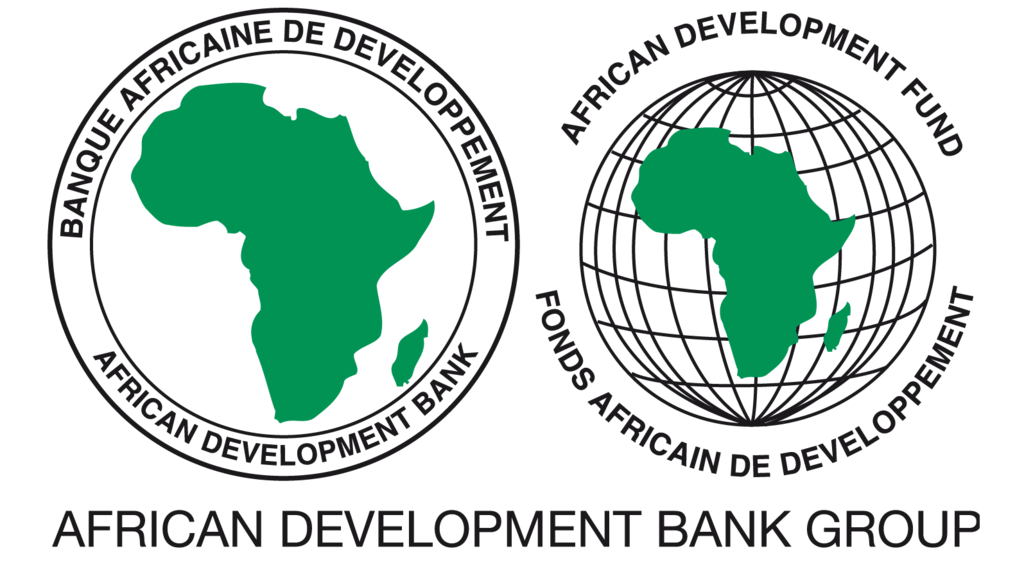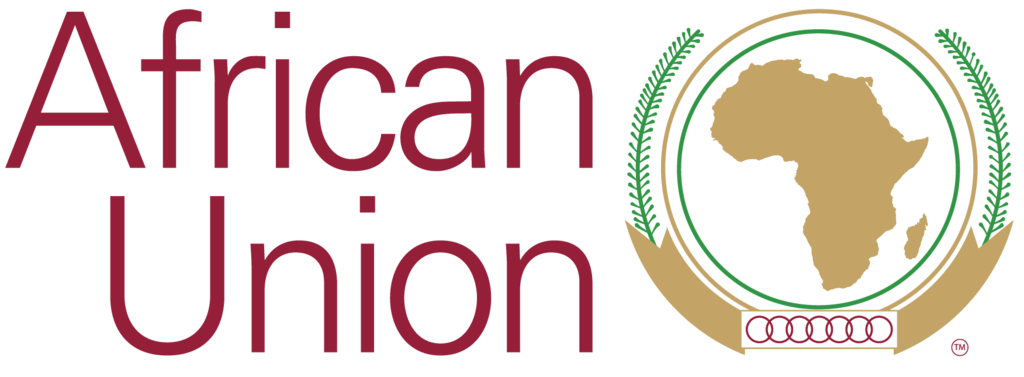The implementation of the SEforALL Initiative in Africa is facilitated by a series of coherent steps aimed at assessing existing conditions, setting long-term objectives and promoting investment opportunities.
The SEforALL country action process entails the identification of needs, formulation of long-term plans and identification of concrete investment opportunities. Once a country joins the Initiative, the subsequent steps are detailed in the SEforALL Country Action Reference Document (CARD) as follows:
- Rapid Assessment and Gap Analysis (RAGA),
- SEforALL Action Agenda (AA),
- Investment Prospectuses (IPs)
4 . Implementation
5. Monitoring

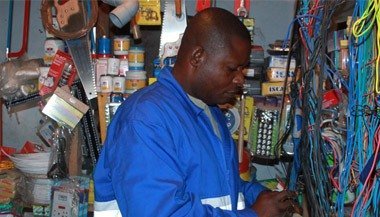
The development of a Rapid Assessment/Gap Analysis (RAGAs) is the first step in SEforALL Country Actions. RAGAs are assessments of the energy sector that identify barriers to achieve the 2030 objectives. They have been developed since 2012 in almost all Sub Saharan African countries.
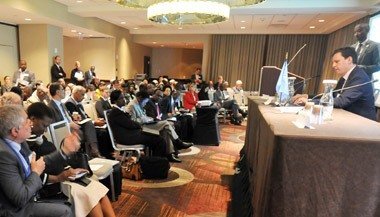
The Action Agenda is a strategy-driven and holistic document acting as an umbrella for energy sector development at the national level. It is currently in development or has been finalised in 25 Sub Saharan Africa countries.
The AA defines the national SEforALL objectives and determines how the three goals of SEforALL can be achieved and provides the long-term vision which ensures the overall sector-wide coherence and synergy of the accumulated efforts towards the three goals of SEforALL in the country. It also includes the nexus angles such as food security, gender, health, and water.
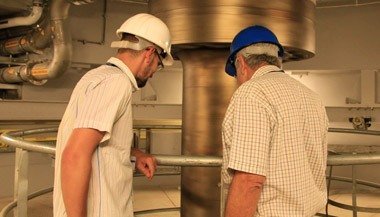
The IP provides an approach to operationalizing the Country Action Agenda, possibly in a specific sector or subsector, by identifying and developing a set of implementable programs and projects, including their investment requirements, that can be presented to potential private and public investors.

